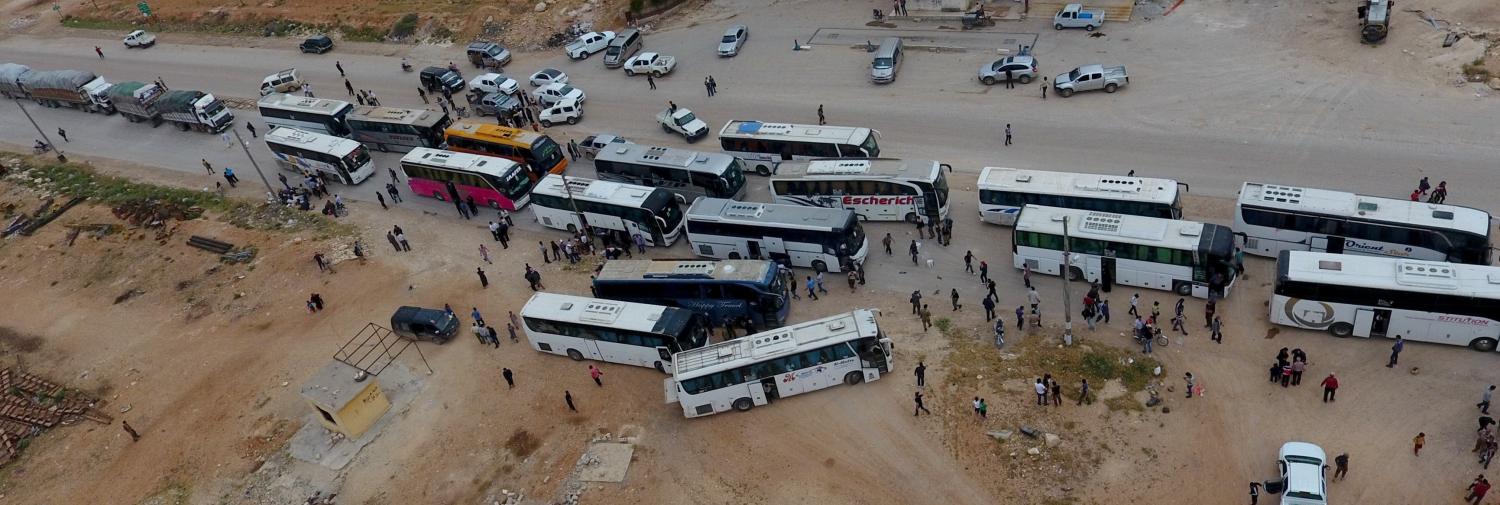Last Thursday in Astana the latest agreement that attempts to establish some limited cessation of hostilities in Syria was signed. The signatories (and hence guarantors) were Turkey, Iran and Russia. Given this is the fourth attempt at a cessation of hostilities, prospects for its success appear slim. The opposition groups represented staged a walkout over a number of issues, not the least of which was the acknowledged role for Iran.
The plan allows for the creation of four zones, within which offensive military operations will cease (except against Islamic State or al-Qaeda-linked groups), as will Syrian aircraft missions above these areas (although Russian aircraft will continue to fly in a defensive role). Essential services would resume, and humanitarian aid delivery would be unobstructed. Outside of these areas, the conflict would continue.
Washington has been cautious about the proposal. It sent an observer to the Astana talks for the first time, but it also quickly rejected an idea espoused by a Russian envoy that the flight restrictions outlined in the agreement would also apply to US aircraft. US Secretary of Defense James Mattis was circumspect, saying the US was examing the plan but had many questions still to be answered.
There are plenty of difficulties with the proposal including: the delay in defining the exact limits of the zones and who and how each would be protected; the absence of a conflict-resolution mechanism; and the definition of al-Qaeda-aligned groups who could continue to be engaged within the zones. The Syrian government, for example, has previously defined all armed opposition elements as terrorists, and Syrian Foreign Minister Walid Muallem has said that non-AQ groups must not only disengage from any affiliation with AQ-aligned groups but actively work to expel them from the zones. He has also dismissed any role for UN monitors, although the proposal will itself likely go to the UN for ratification.
So another attempt at trying to impose a limited cessation of hostilities is attempted, as the UN Geneva-based political process continues. Turkey and Russia have reported ongoing violations of the ceasefire, but also an increase in the number of armed groups joining the agreement and of inhabited areas joining in the reconciliation process. Neither claim has been independently verified, of course.
On the one hand any agreement that brings relief to civilians, even if temporarily, needs to be supported. But the lack of trust between sides has not disappeared. Cynics might say that such ceasefires simply allow the Syrian government to redeploy assets to other areas, reduce operational tempo, and plan and re-equip for future operations while trying to negotiate localised outcomes in populated areas. When looking at Syria, it's hard not to be cynical.

